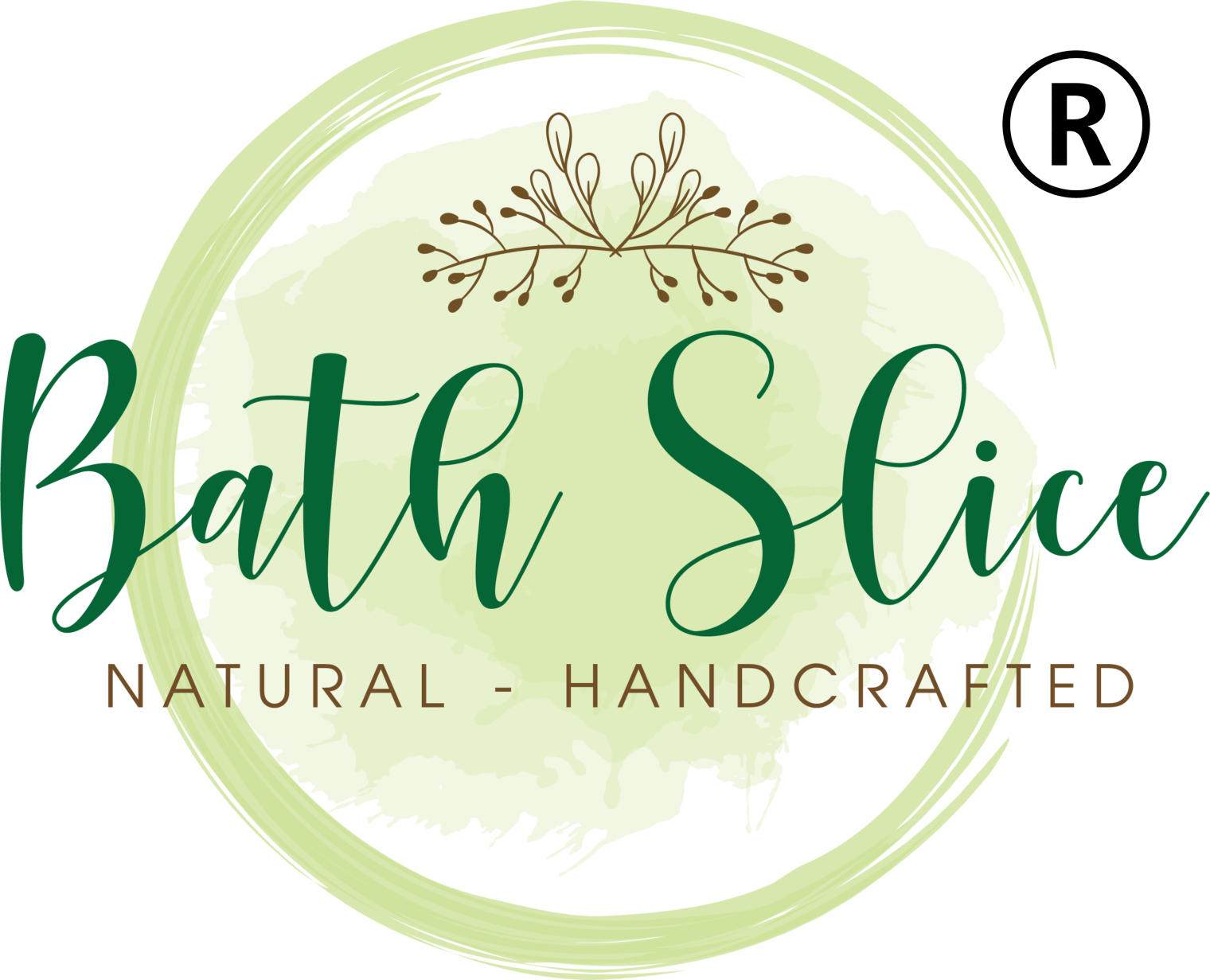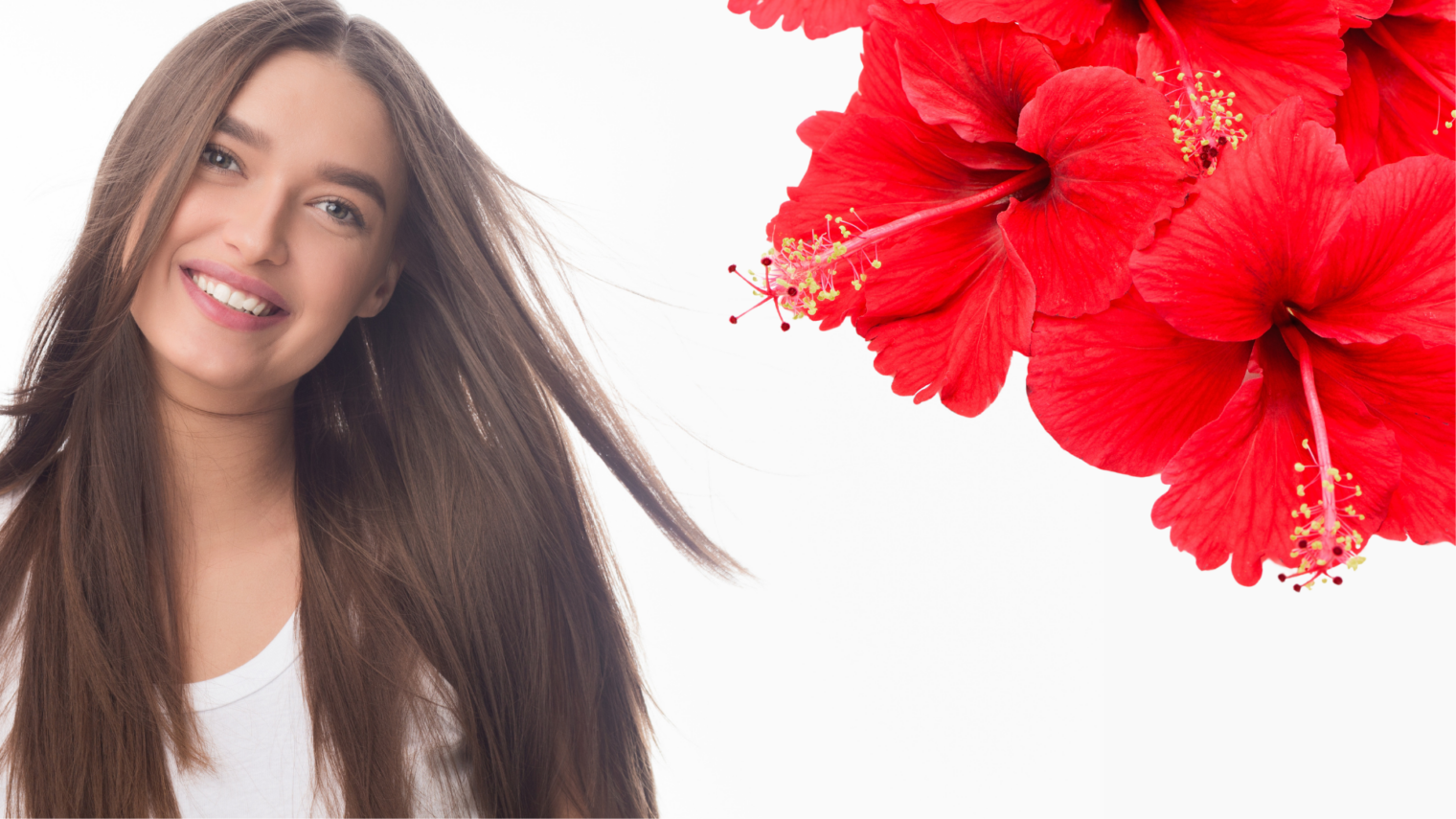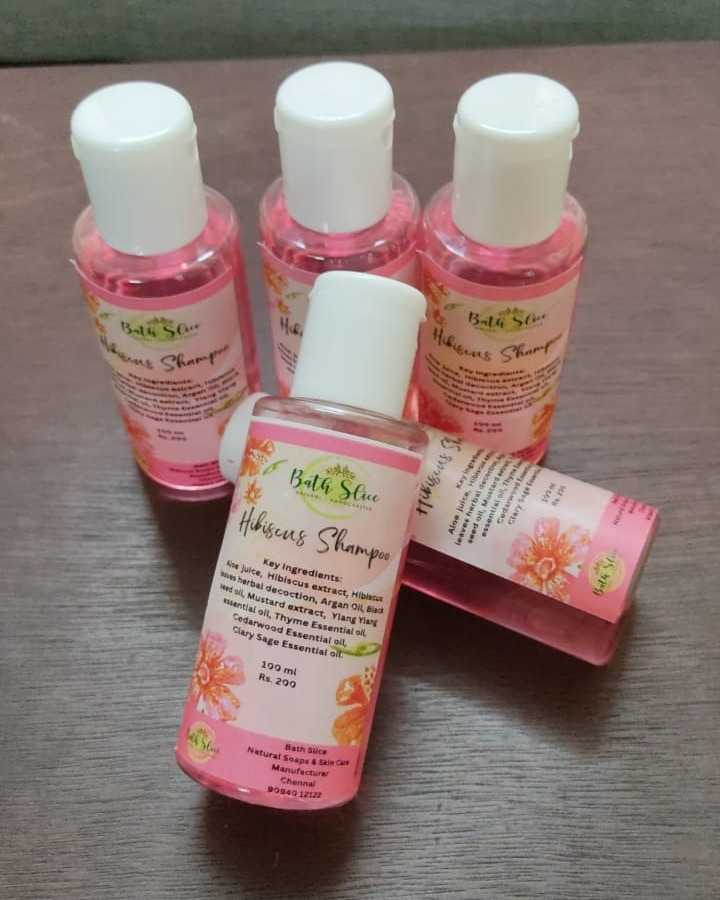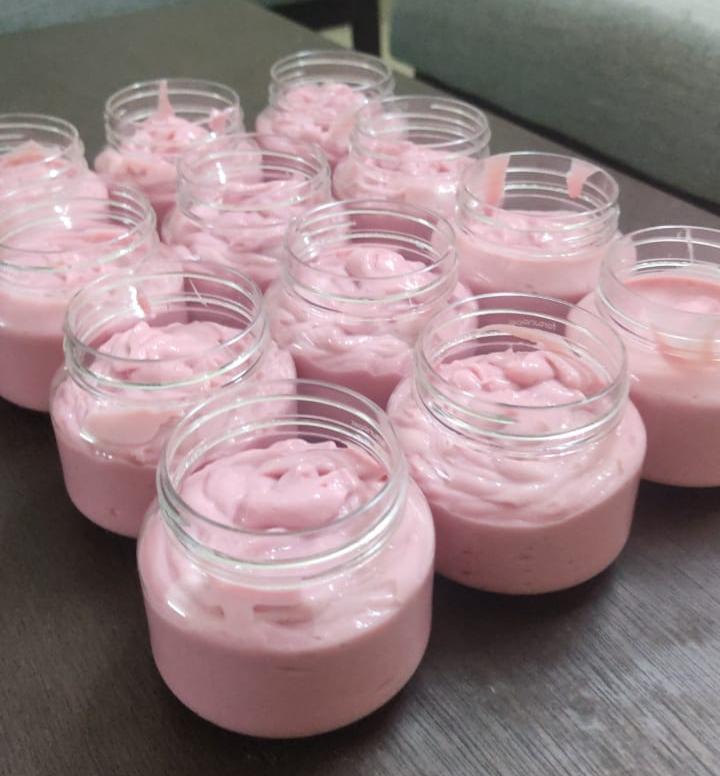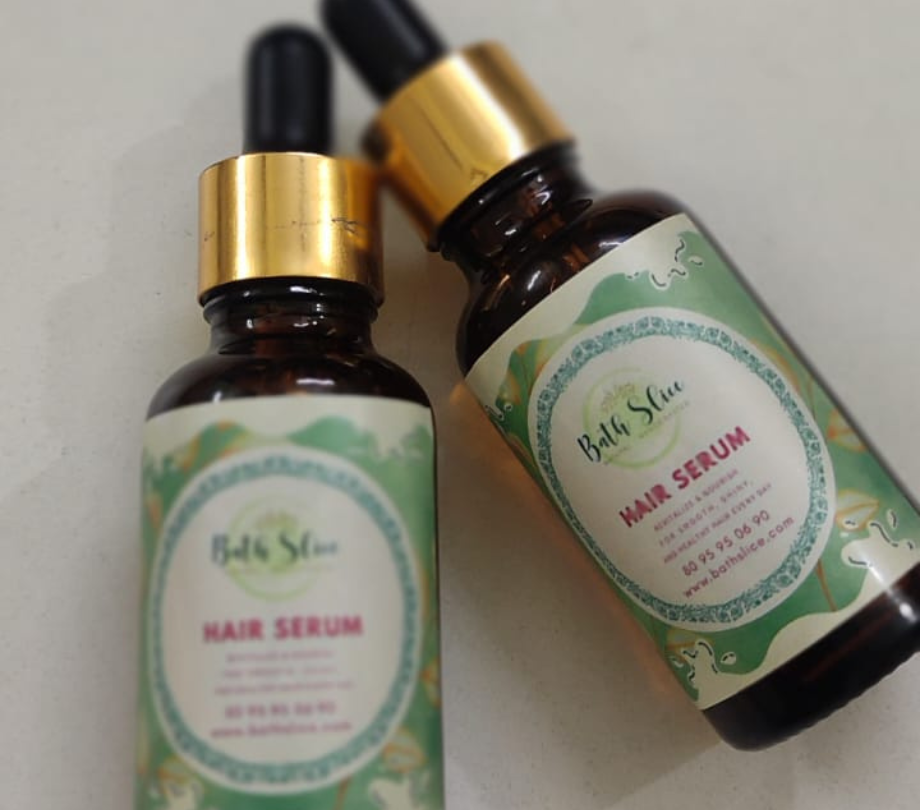The Ultimate Hibiscus Hair Care Routine for Healthy Locks
When it comes to hair care, nature has provided us with some of the best remedies. One such natural wonder is hibiscus—a flower revered for its ability to nourish, strengthen, and rejuvenate hair. Rich in vitamins, amino acids, and antioxidants, hibiscus has been used for centuries in Ayurvedic and traditional hair care routines. If you’re looking to improve hair growth, enhance shine, and reduce scalp issues, incorporating hibiscus into your hair care regimen can be transformative. Here’s a structured guide to The Ultimate Hibiscus Hair Care Routine for Healthy Locks—without any DIY recipes, just the best products and techniques to achieve strong, luscious hair.
1. Choosing the Right Hibiscus-Based Products
To get the most out of hibiscus, it’s essential to select high-quality, hibiscus-infused hair care products. Here’s what to look for:
Hibiscus Shampoo: A gentle, sulfate-free shampoo containing hibiscus extracts helps cleanse the scalp while preserving natural oils.
Hibiscus Conditioner: A rich conditioner infused with hibiscus ensures hydration and nourishment, keeping hair soft and tangle-free.
Hibiscus Hair Oil: Herbal hair oils with hibiscus extracts help stimulate hair growth, reduce hair fall, and improve scalp health.
Hibiscus Hair Serum: A lightweight, non-greasy serum with hibiscus protects hair from environmental damage and enhances shine.
Hibiscus Hair Mask: A ready-made hibiscus-based mask rejuvenates dry, damaged hair, restoring moisture and strength.
Look for brands that use organic or natural hibiscus extracts without artificial chemicals to get the most out of this powerful ingredient.
2. The Right Way to Wash Your Hair with Hibiscus Shampoo
The way you wash your hair plays a crucial role in maintaining its health. Follow these steps to make the most of your hibiscus shampoo:
Pre-wash Oiling: If your hair is dry or prone to breakage, apply hibiscus hair oil at least 30 minutes before washing.
Gentle Massage: Use lukewarm water to wet your hair and apply a small amount of hibiscus shampoo. Gently massage it into the scalp using circular motions to improve blood circulation.
Rinse Thoroughly: Wash off all the shampoo completely to prevent residue build-up, which can lead to scalp issues.
Follow with Conditioner: Apply hibiscus conditioner, focusing on the mid-lengths and ends. Leave it on for 3–5 minutes before rinsing with cool water to lock in moisture.
Washing your hair 2–3 times a week with hibiscus shampoo prevents excessive dryness while keeping the scalp clean and balanced.
3. Nourishing Your Hair with Hibiscus Oil
Hair oiling is a time-tested tradition that strengthens hair from the roots. Hibiscus oil is particularly beneficial for:
Reducing Hair Fall: It nourishes hair follicles, making them stronger and less prone to breakage.
Stimulating Hair Growth: The amino acids in hibiscus promote keratin production, which is vital for hair strength.
Preventing Dandruff: Hibiscus oil has natural antifungal properties that keep the scalp healthy and flake-free.
How to Apply Hibiscus Hair Oil
Warm a few drops of hibiscus oil slightly for better absorption.
Apply it to the scalp and gently massage in circular motions for 5–10 minutes.
Distribute the oil through the lengths of your hair.
Leave it on for at least an hour or overnight for deep nourishment.
Wash off with a mild hibiscus shampoo.
For best results, oil your hair twice a week to maintain a healthy scalp and improve overall hair texture.
4. Using a Hibiscus Hair Mask for Intense Repair
If your hair is feeling dry, dull, or damaged, a hibiscus-based hair mask can work wonders. These ready-made masks contain hibiscus extracts along with other nourishing ingredients like aloe vera, coconut milk, and honey.
How to Use a Hibiscus Hair Mask Effectively
After shampooing, squeeze out excess water from your hair.
Apply the hibiscus hair mask evenly from roots to tips.
Leave it on for 15–20 minutes to allow deep penetration.
Rinse thoroughly with cool water.
Follow up with a light conditioner if needed.
Using a hibiscus hair mask once a week can restore lost moisture, improve elasticity, and enhance hair shine.
5. Daily Protection with Hibiscus Hair Serum
Exposure to pollution, heat, and harsh weather can cause damage to hair. A hibiscus-infused hair serum provides a protective layer, preventing frizz and dryness.
How to Apply Hibiscus Hair Serum
Take a few drops of serum and rub it between your palms.
Apply it to damp or dry hair, focusing on the ends.
Avoid applying too much near the scalp to prevent greasiness.
Use it daily before stepping out to protect hair from damage.
Hibiscus serum not only protects but also adds a natural shine and softness to your hair, making it manageable and healthy-looking.
Also check our blog about
How Onion and Curry Leaves Hair Oil Can Reduce Hair Fall Naturally for more information on hair growth and preventing hair fall.
6. Scalp Care for Stronger Hair Growth
A healthy scalp is the foundation of strong hair. To maintain scalp health, incorporate these hibiscus-based treatments:
Hibiscus-Infused Scalp Tonics: These tonics improve blood circulation and strengthen hair follicles.
Herbal Hibiscus Scalp Sprays: They provide hydration and nourishment, preventing itchiness and dryness.
Mild Exfoliating Scrubs with Hibiscus: Gentle scrubs remove dead skin cells and product buildup, keeping the scalp fresh.
Apply scalp tonics or sprays after washing your hair to maintain hydration and promote hair growth.
7. Lifestyle and Dietary Support for Healthy Hair
While external care is important, nourishing your hair from the inside out is equally crucial. Here are some dietary and lifestyle tips to complement your hibiscus hair care routine:
Eat a Balanced Diet: Include protein-rich foods (like eggs, nuts, and legumes), iron sources (like spinach and lentils), and healthy fats (like avocados and olive oil) to support hair growth.
Stay Hydrated: Drinking enough water keeps your hair hydrated and prevents breakage.
Reduce Heat Styling: Excessive heat from styling tools weakens hair, making it prone to damage.
Regular Trims: Trimming hair every 6–8 weeks prevents split ends and promotes healthier growth.
Stress Management: Stress contributes to hair loss; practicing yoga, meditation, or regular exercise can improve overall hair health.
Final Thoughts
Incorporating hibiscus into your hair care routine can lead to stronger, shinier, and healthier locks. Whether it’s through a nourishing hibiscus oil massage, a refreshing hibiscus shampoo, or a protective hibiscus serum, each step contributes to overall hair health. By following a structured hibiscus hair care routine, you can transform your hair naturally, without relying on harsh chemicals or synthetic treatments. Embrace the power of hibiscus and enjoy the journey to radiant, beautiful hair!
